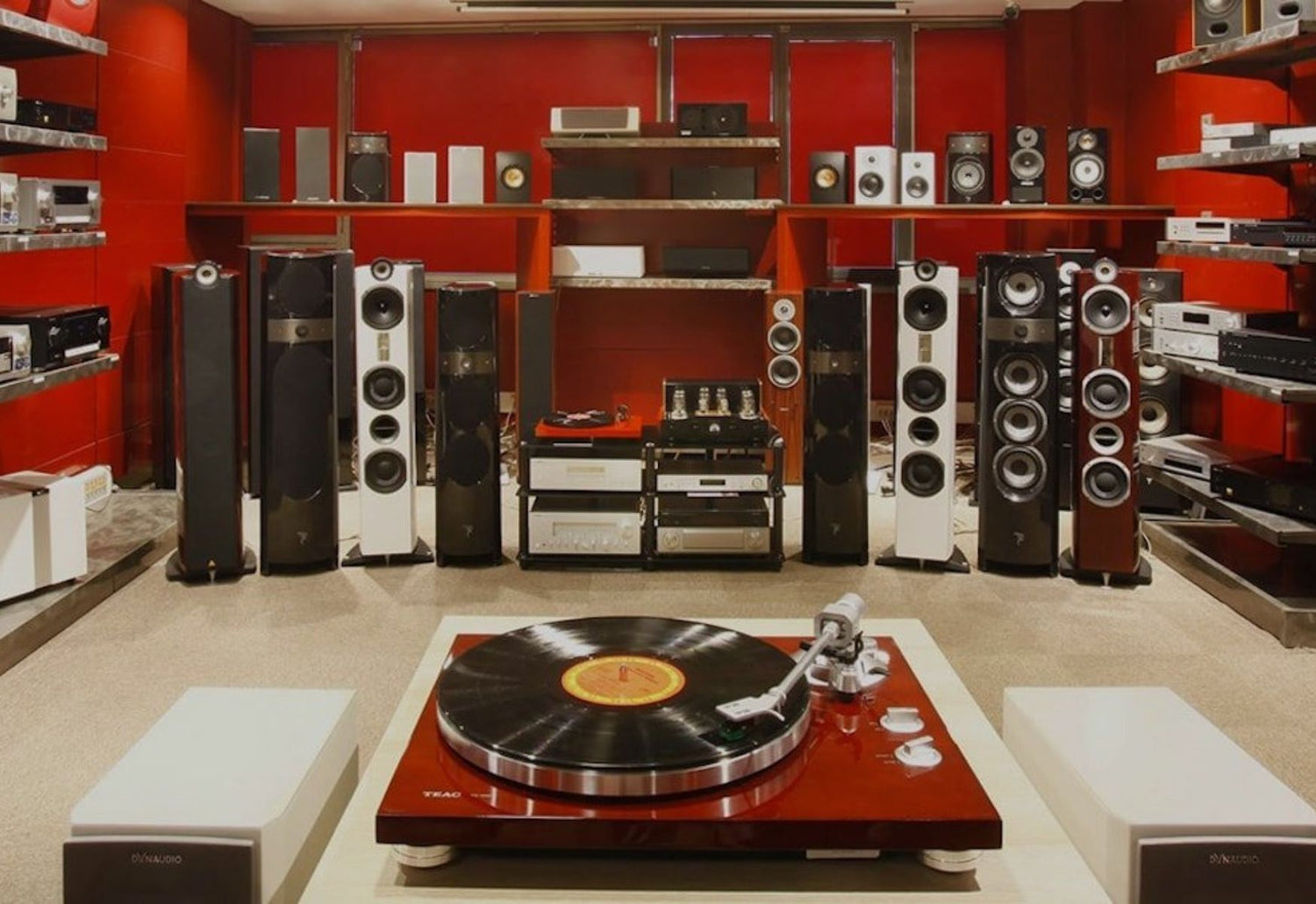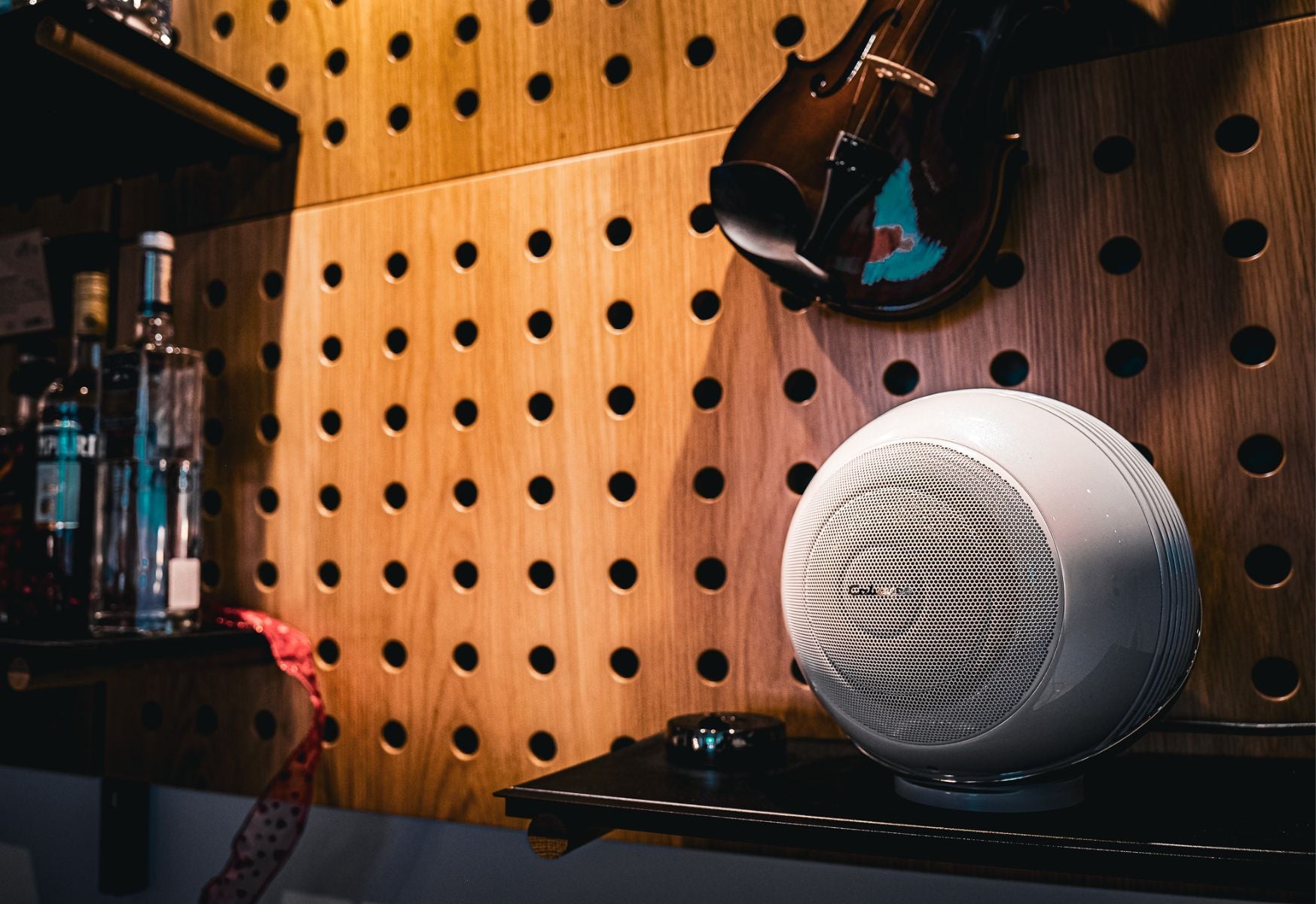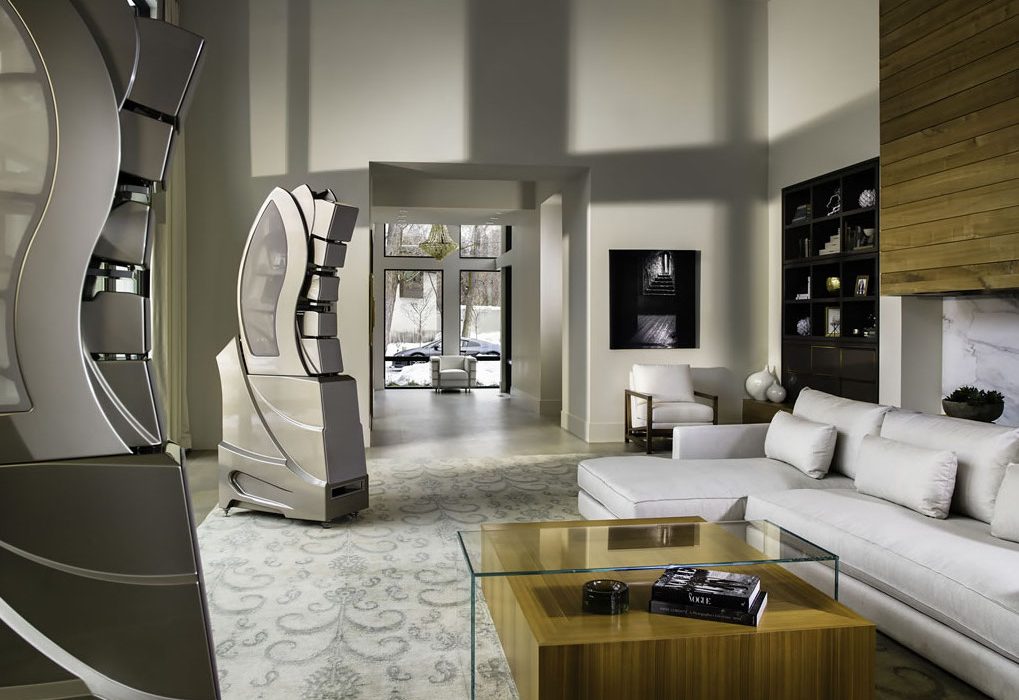Summary
- The audiophile industry have developed a set of adjectives to describe the sonic quality of hifi systems.
- The objective of hifi systems are to reproduce the original artists, but most of them will fall short.
- Audiophile terms are a necessary evil to describe the limitations of hifi systems.

"That speaker is very bright."

"The amplifiers from that brand tend to be a bit warm."
If you've spent any amount of time discussing hifi, you certainly will have come across statements like this.
Hifi components, while they all are designed to reproduce music, whether through engineering, design or sheer coincidence, they invariably make music with some sort of sonic characteristic. These qualities either draw listeners to them or not. Over the years, experienced hifi listeners, reviewers and industry-men have come up with a set of generally agreed-upon terms to describe these systems.
For context, let's go over some of the most commonly used ones, just so if you're completely new, reading this article, you know what we're talking about.
Bright - a "bright" piece of audio equipment produces a sonic character that is biased towards sharpness. We call an overly bright system "like having a cheese grater on your eardrum".
Warm - the anthesis of "bright", warm components are biased towards softness. The kind of system that you want to listen to on a miserable wet winters day wrapped up in a blanket and drinking a hot chocolate.
Uncoloured, or neutral - a sound that is neither warm nor bright.
Separation - how well a hi-fi system can discriminate between instruments and/or vocals. A system with good separation will allow you to clearly identify the difference between a violin and a viola.
Soundstage - a reflection of a speaker's ability to create an audible soundstage, i.e. as if you were listening to a live band or an orchestra. Often used with "wide" or "narrow" as a prefix, i.e. "narrow soundstage" sounds like music is coming to you through a narrow pipe.
Note that soundstage is not just inherent to the speaker, it's also heavily impacted by speaker positioning done in-situ.
Tonality - an adjective that describes how "accurate" a system sound, usually with reference to the original recording.
Detailed - a system that is detailed is able to recreate the original sound along with all the atmospherics of instruments and sibilance of vocals.
There are a raft of such terms, some of them have relevance and some less so, but you get the idea.
These adjectives that we use to describe audio are ubiquitous with the industry, and like many industries, such descriptive words seem to make immediate sense to those who are aware of what they mean, and completely baffling to those who don't.
Sorry, we're going to do it - here's another wine analogy!
Have you ever read a tasting note on the back of a wine bottle? If you know nothing about wine, we encourage you to go to your liquor store and read a few - it makes for a quick bit of entertainment.
Here's one that we pulled from an undisclosed wine manufacturer:
"Aromas of rich dark currants, nectarine skins, gushing blackberry, but lots of fragrant tobacco, rich soil, white flowers, smashed minerals and metal."
Um... what?
To experienced wine drinkers, reading that tasting note might actually give you some relevant information. But if you're relatively new to wine, you might have thought that the wine producer bought a smoothie from their local Boost Juice, reached into the nearest garden and grabbed a fistful of the first thing they found.
Audiophile terms follow a similar concept. A reviewer might say that a set of speakers have an incredible soundstage, extremely detailed and are on the brighter side - something that makes immediate sense to an experienced listener, but has zero impact to someone trying to work out which speaker they should replace their Sonos Play One with.
It's a good time to mention that these phrases have almost zero relationship with actual hifi specifications, such as impedance, frequency response, sensitivity and so forth. Just like wine, they aren't actually putting blackberries, cigarettes and dirt into the wine.
These phrases are qualifying terms, not quantifying, and thus are subject to interpretation. One man's bright amplifier might be another man's neutral amplifier. Like art will be interpreted differently from one person to the next, systems will sound different to different people. However, just like food, e.g. terms like sweet, salty - generally speaking, most people will agree on a product's general placement on these spectrums. Where people will differ is relativity, i.e. just how sweet is that danish? How warm is warm?

Quick digression to listeners and their ability to make judgements. Most people are very bad at making absolute judgements. Simple proof of this is an eye test at your local optometrist. Imagine your optometrist getting you to sit down in the comfy chair, putting the phoropter (the thing on the swivel with the little eye holes - yep, we didn't know that was what it was called either), and asking you the question "so do the letters look blurry to you? How blurry? Like.. a little bit blurry or very blurry?"
There's a reason why they ask you the question, "which one looks clearer, 1 or 2?". It's because most people are bad at making absolute judgements, but very good at making relative judgements. The same is true for hifi.
And here we are - we finally arrive at why we called this article "Audiophile Terms and Why We Love to Hate Them".
As you may have read in our other article, "What does High End Audio Actually Mean?", hi-fi manufacturers all have a similar goal, that is, to create products and systems that reproduce music as accurate to the original artists. We're in the fortunate position to speak to a lot of the lead engineers and designers for a lot of the high end brands we represent, and that goal of accurate reproduction is one that they all share.
This lead us to think, if all of their goals are the same, e.g., they're all trying to recreate the sound of Michael Jackson, and since there's only one Michael Jackson (he's not really dead you know), shouldn't all speakers from all high end manufacturers sound the same?
In real life, of course, they clearly don't. At similar price points, a B&W sounds different to a KEF, which sounds different to a Wilson Audio, and so on. So at the higher end, where we find people will prefer certain brands of speakers, we'd argue that people don't like the speakers for what they can do, but rather for their flaws. When was the last time someone left an Adele concert saying "Adele sounded very bright/warm tonight"?
These audiophile terms that we come up with to describe these systems aren't describing what systems do well, but rather where they are lacking. And we point this out not just as a philosophical argument, but one that does have some practical applications - understanding this is what we believe to be the first step to being able to create total systems with a certain sonic signature.
That's why we love to hate them. We know they are important, but they are inherently describing flaws within products. Flaws that we know are there, and that we can manipulate with system design to achieve a desired sonic result.
On the other hand, maybe these terms aren't so bad. Look at performance cars designed for the race track. All of them are designed with the same goal in mind, i.e. being able to achieve the fastest lap times, but different cars from different manufacturers will feel different, and this quality produces swathes of loyal fans in all camps. The cars at that level are all impressive, with neither being better than the other, just different. And that's true for hifi as well.



